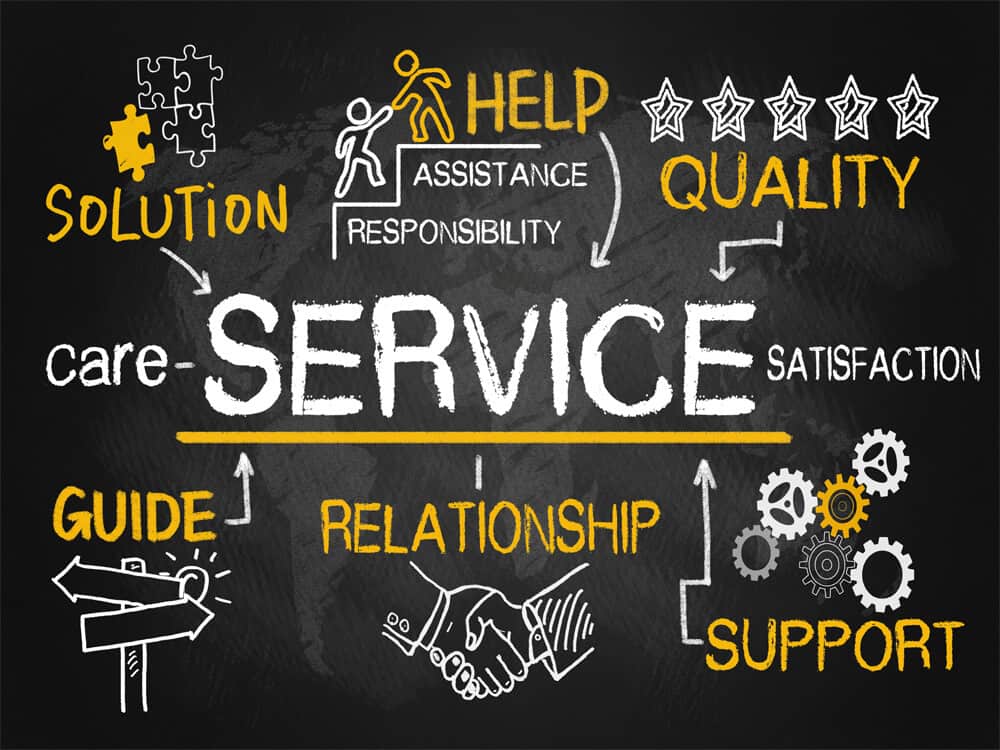Digitalization quickly evolves customers’ behavior while creating major unpredictability throughout industry sectors.
On the other hand, customers expectations tend to disappear in today’s globalized modern branding terms. Still, they are an important aspect of the brand’s strategic approach for securing regular clients and promoting business expansion.
What Exactly Are Customer Expectations?
Customer expectations are substantially more engaging and adjoining aspect than dealing with customers. Furthermore, the modern generation’s distinction between traditional and digital is becoming fragmented. As a result, it is critical to provide consumers with a convenient and user-friendly customer engagement throughout both physical and virtual channels.
Why Is It Important to Value Customer Expectations?
Productive customer expectations are critical for marketing achievement since customer satisfaction integrates with customer loyalty and helps increase profitability. While relying exclusively on customer expectations may appear to be extra work, it is well worth it.
Customer expectations begin with your customers’ first impact on your company and, preferably, keep going with patterns of interaction that motivate commitment. But it’s not just about ensuring your consumers complete their shopping experience but also about providing company performance.
6 Influential Ways to Improve Your Customer Expectations

1) Analysis of Consumer Behavior
Acknowledging your consumers’ necessities is critical to creating customer interactions that generate business outcomes.
Qualitative Coverage and the behavior data gleaned from your customers’ feedback influence customer satisfaction. In addition, creating a frame of reference for your content increases its efficiency and accountability.
2) Personalisation
Providing a personalized experience to your customers is essential to make them feel important to your line of products.
Personalization enables your product to supply the appropriate content to the correct client at a suitable time without wasting resources.
3) Point of View of The Employees
There exists a strong link between both staff retention and satisfied clients. Determine what is preventing your staff members from providing positive customer satisfaction.
Take note with a staff survey to determine any prevalent specific problems in the employee engagement, and then utilize the results to evaluate comprehensive improvements.
4) Using AI and Other Technical User Interfaces
Virtual assistants provide newer heights of customization and customer expectations that can be both workable and cost-effective.
Alternatively, video chat initiatives can be used to personalize interactions. It aids in the quick identification of complicated operational glitches.
5) Taking Note Of The Feedback
Customer expectations have a greater impact if demonstrated in his/her own statements. Certainly, the internet services have enabled you to analyze open responses from online surveys at a level, allowing you to significantly boost your potential to empathize.
6) Catching Up To The Social Media Trends
Social networking is an extremely efficient method of advertising. You can access various channels, including Facebook, Twitter, TikTok, and Instagram. Every feature has its own advantages that may be utilized in innovative and conventional ways.
Final Thoughts
At this point, greater consumer expectations offer tremendous possibilities that have an immediate effect on your bottom line. With appropriate strategies in place, you can enhance customer expectations and make your organization more customer-friendly, which has long-term financial rewards.
Customer expectations are the biggest and most important component driving organizations to improve how they shape their user experiences.

